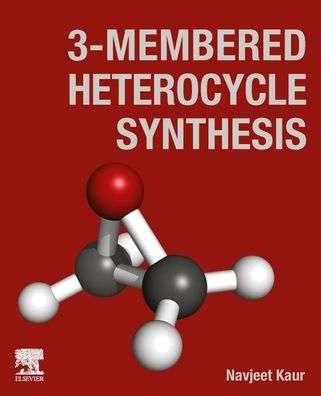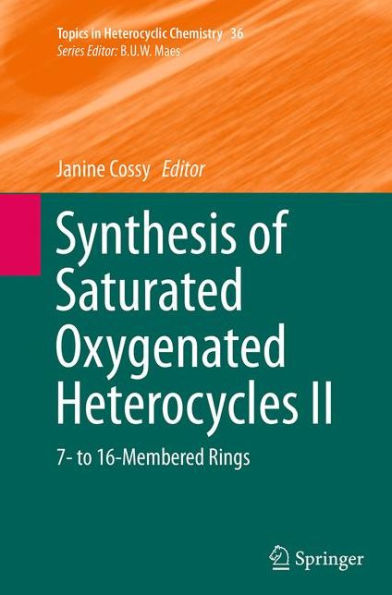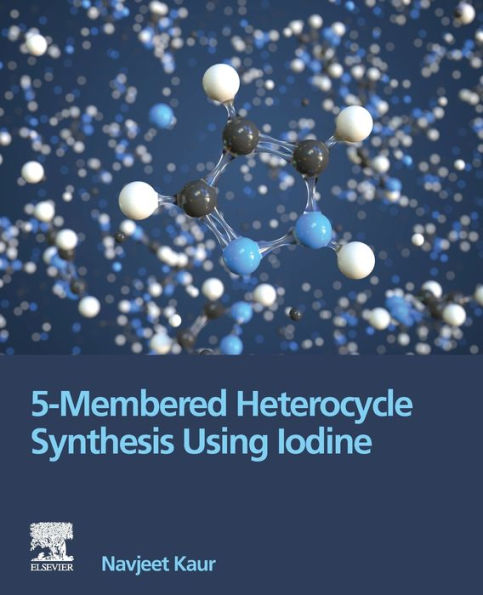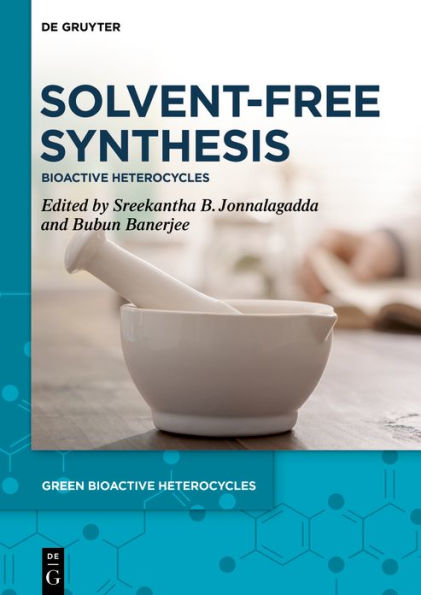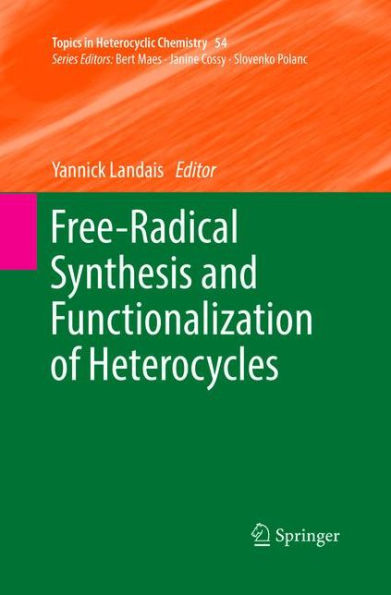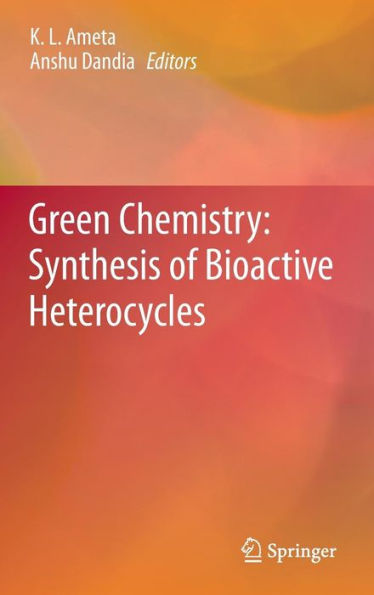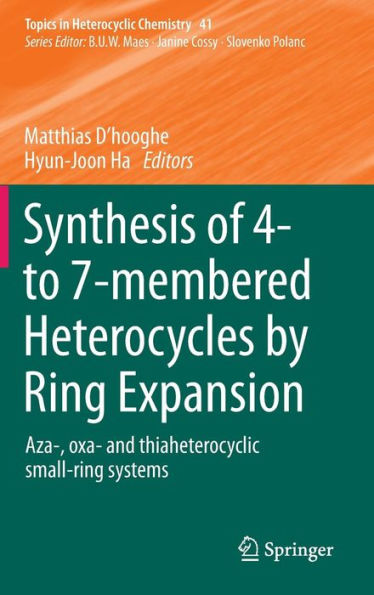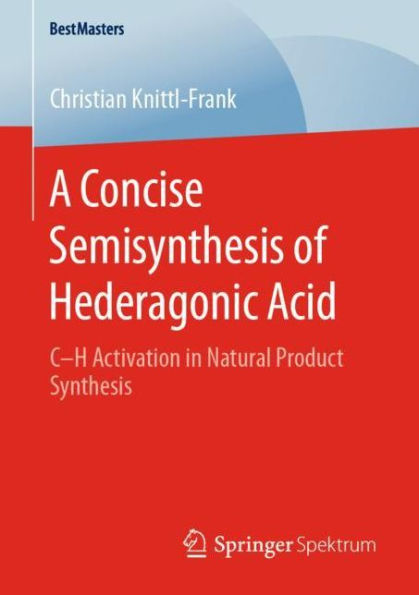Home
Synthesis of 6- and 7-Membered Heterocycles: The Role DMF
Barnes and Noble
Synthesis of 6- and 7-Membered Heterocycles: The Role DMF
Current price: $200.00
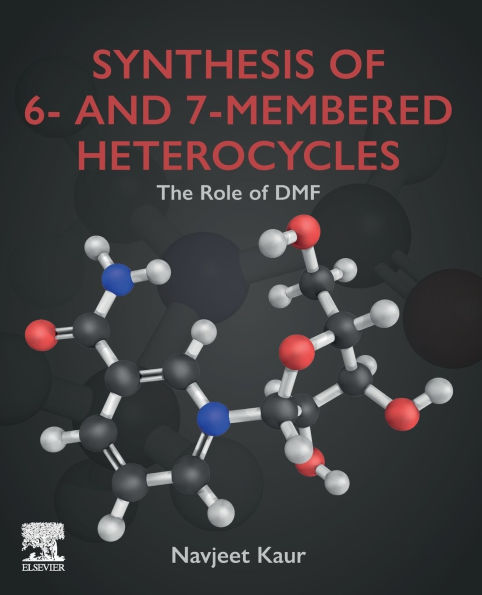

Barnes and Noble
Synthesis of 6- and 7-Membered Heterocycles: The Role DMF
Current price: $200.00
Size: Paperback
Loading Inventory...
*Product information may vary - to confirm product availability, pricing, shipping and return information please contact Barnes and Noble
Synthesis of Six- and Seven-Membered Heterocycles: The Role of DMF and its Synthesis
compares different synthetic approaches using DMF, including the advantages and disadvantages of those reactions, green methods, and the sustainability of reported synthetic methodologies, especially the microwave methods. The book presents several methodologies for the synthesis of six- and seven-membered heterocyclic compounds using dimethylformamide. Users will find the most up-to-date information in this fast-moving field which can be particularly challenging. With DMF drawing the attention of synthetic organic chemists, this book will help readers understand further developments in the uses of dimethylformamide beyond just its use as a polar solvent.
As it can be expected that the use of dimethylformamide as a precursor will continue to grow in organic synthesis with new applications in sustainable and green chemistry, this book provides an ideal primer on the topics covered.
compares different synthetic approaches using DMF, including the advantages and disadvantages of those reactions, green methods, and the sustainability of reported synthetic methodologies, especially the microwave methods. The book presents several methodologies for the synthesis of six- and seven-membered heterocyclic compounds using dimethylformamide. Users will find the most up-to-date information in this fast-moving field which can be particularly challenging. With DMF drawing the attention of synthetic organic chemists, this book will help readers understand further developments in the uses of dimethylformamide beyond just its use as a polar solvent.
As it can be expected that the use of dimethylformamide as a precursor will continue to grow in organic synthesis with new applications in sustainable and green chemistry, this book provides an ideal primer on the topics covered.
